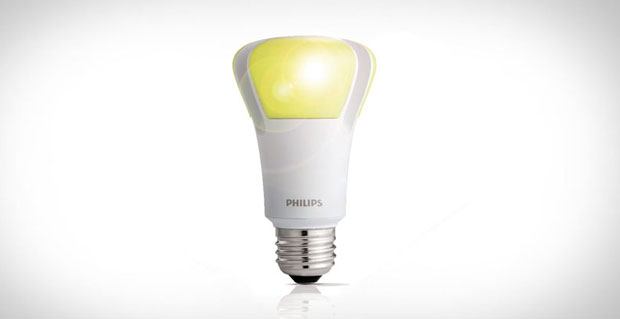But the Department of Energy (DoE) in the US wants to go further. It has set up a competition called the L Prize. The aim is to encourage the production and use of innovative, high-performance lighting. To win the prize, lighting manufacturers have turned to the most appropriate option: LED light bulbs.
The first L Prize had a straightforward target: to produce an energy-efficient alternative to a 60-watt incandescent bulb. But this apparent simplicity proved deceptive. Many companies were unable to fund the necessary LED research. However, Philips, the Dutch multi-national, persevered. And after 18 months, it exceeded the DoE’s expectations.
Philips has won the first L Prize with the world’s most eco-friendly LED bulb. The bulb consumes 10-watts of electricity but generates light equivalent to 100 watts. Using it can cut electricity costs by 90%.
What this means in practice, is a significant drop in electricity use. The DoE has estimated a saving of $3.9 billion a year if Americans replace incandescent bulbs with the new Philips LED bulb. This would be accompanied by a drop in carbon emissions. The DoE believes the reduction could be as much as 20 million metric tons annually.
The Philips bulb is due to be on sale soon. It will complement the existing range of Philips’ LED lighting. In the meantime, it serves to emphasise the eco-friendly credentials of LED technology.
Date: June 18, 2012
Tags: industry led news
The first L Prize had a straightforward target: to produce an energy-efficient alternative to a 60-watt incandescent bulb.




